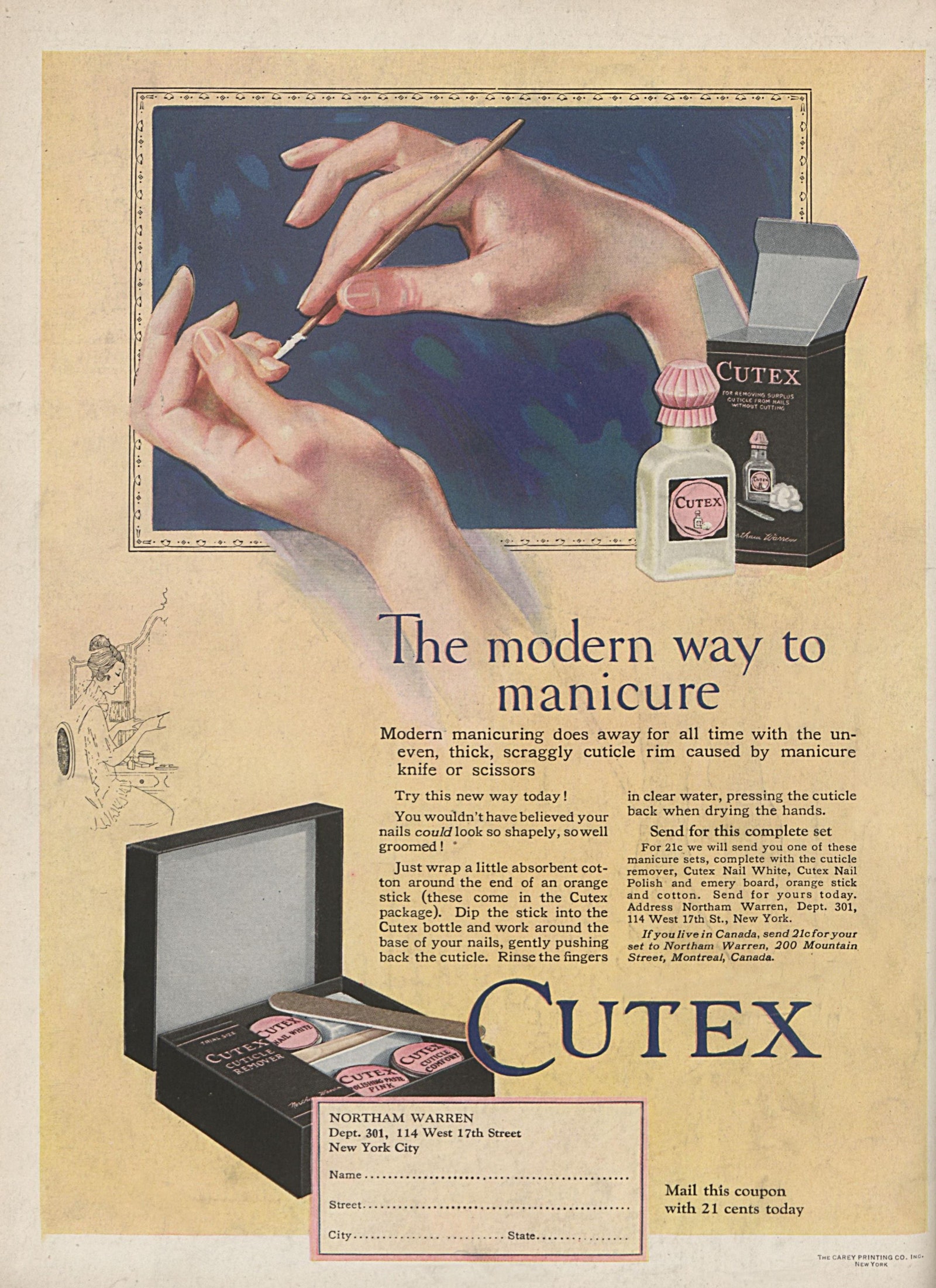German cars are in high demand due to reliability and functionality. One of the most popular is the BMW brand, whose models have long become a symbol of luxury and sporty style. Now the Bavarian company represents a giant concern with many automobile plants not only in Germany, but also in other countries of the world: from the USA to Egypt. BMW is also produced in Russia — the Kaliningrad company Avtotor is engaged in their assembly. This article is devoted to the history of the creation and development of BMW, which has more than 100 years and, of course, will be interesting to real fans of the brand.
How the company was created
BMW’s history began in Munich, Bavaria, where in 1913 German industrialists Rapp and Otto opened two small businesses. The new firms were engaged in the production of aircraft engines, and their leaders soon decided to unite in order to withstand tough market competition together. The joint company was named Bayerische Flugzeugwerke — “Bavarian Aviation Plants”.
BMW motorcycles
After the restructuring of production, BMW was engaged for some time in the production of brakes for railway transport. In 1923, the company switched to motorcycles, so successfully that in a matter of months it gained worldwide fame. The reliability and high-speed qualities of the Bavarian motorcycle technology have earned her fame among racers.
In 1928, after the purchase of factories in Thuringia, the management made automobile production the main field of activity, but the production of motorcycles has not stopped to this day. Sports models are very popular and are often found on the roads of different countries.
Through thorns — to the stars
In 1955, the company launched the production of Isetta subcompact models — a three-wheeled hybrid of a car and a motorcycle. The low price of the Isetta for a country ravaged by war has become a key factor in its popularity. However, the German economy was growing rapidly, and public interest switched to large cars. BMW once again found itself in a serious crisis: the main competitor Mercedes-Benz began to prepare for the buyout of the company.
The Bavarians were not going to give up. In 1956, the designer of the Hertz company developed the BMW 507 sports car, which was offered in two versions:
with a standard rigid roof;
roadster.
Equipped with an 8-cylinder engine with a capacity of up to 150 hp, the model developed a speed of up to 220 km/h. The development was a tremendous success, which allowed the company to overcome the crisis and successfully continue its activities. Since that moment, the history of the brand has been developing by leaps and bounds, accompanied by enchanting successes. And the BMW 507 is now among the most expensive collectible cars.
XXI century

The company has not slowed down in the new millennium. The beginning of the century was marked by an unprecedented increase in sales: only in Russia this figure was 83%. A new generation of the 7 series was released, to which many experts gave the first place in the rating of luxury cars.
Currently, the Bavarian concern continues to work on improving its models and creating technological innovations that other brands do not have. “Car for the driver”: the principle announced decades ago remains the main guideline for BMW engineers and designers. Buyers appreciate this approach — every new model becomes a hit of sales. And the regular appearance of the brand’s cars in films and popular computer games allows you to attract new and new fans


